Apple staff make 911 calls after walking into walls at firm’s new HQ
Founder Steve Jobs wanted Apple Park’s giant spaceship campus to look invisible
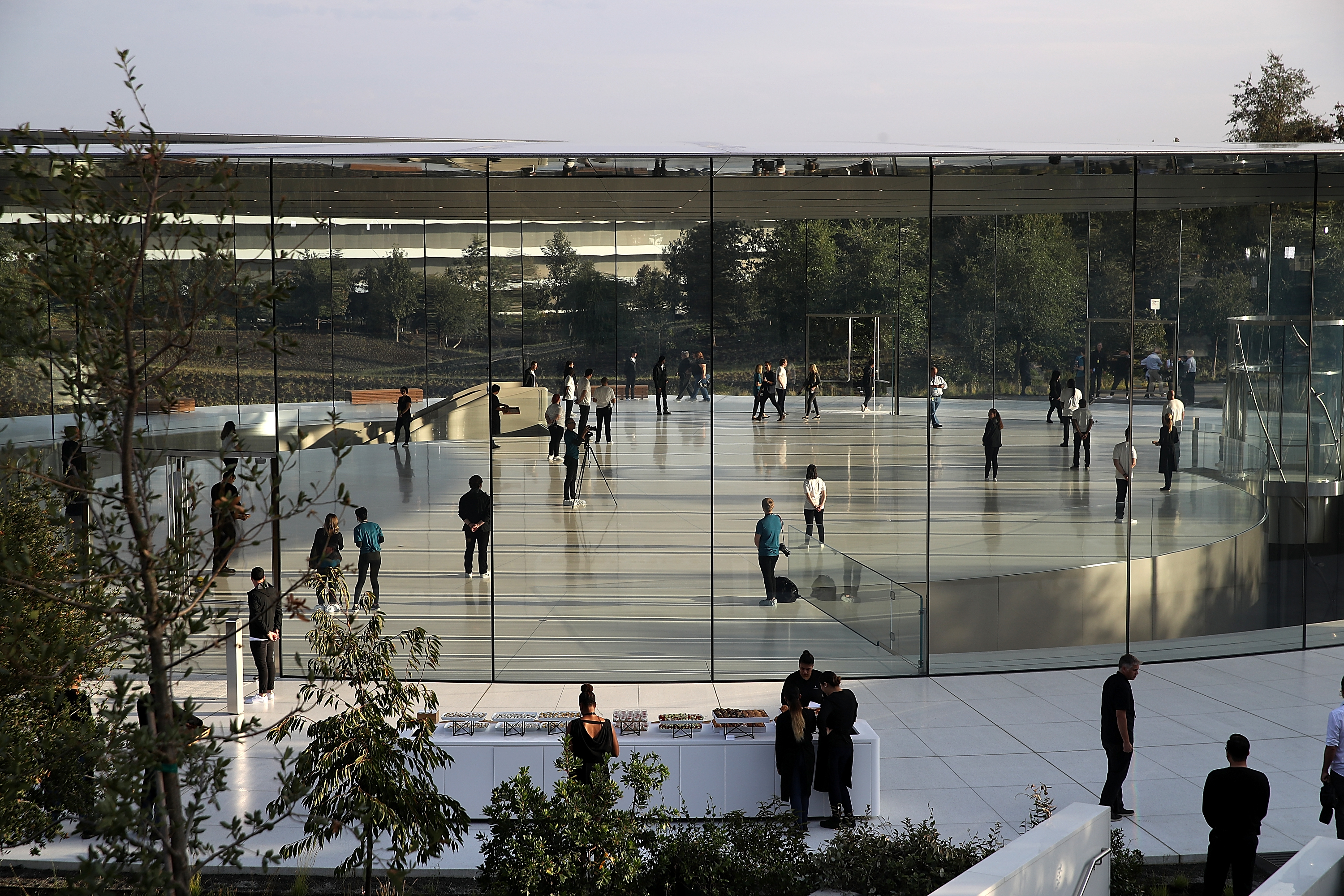
Apple’s futuristic new headquarters in Cupertino, California, may be one of the most advanced buildings in the world but the company’s employees keep walking into the office’s many glass walls and doorways.
Audio files obtained by the San Francisco Chronicle – and reportedly supplied by 911 operators earlier this year – reveal that three employees working at Apple Park in the first week of January called the emergency services after walking into glass walls.
In one call, dated 2 January, an Apple employee told the emergency services that a colleague had run into a glass wall pane and hit his head.
The Week
Escape your echo chamber. Get the facts behind the news, plus analysis from multiple perspectives.

Sign up for The Week's Free Newsletters
From our morning news briefing to a weekly Good News Newsletter, get the best of The Week delivered directly to your inbox.
From our morning news briefing to a weekly Good News Newsletter, get the best of The Week delivered directly to your inbox.
The caller said the man had a small cut to his head as a result of this and was “bleeding” and “slightly disoriented”.
Later that day, another employee rang 911 and told the operator that another colleague had cut his eyebrow after walking into a glass window.
The next day, a third employee needed medical attention after walking into a glass door while trying to leave the building, the Chronicle reports.
Apple Park’s glass-filled design was the brainchild of Steve Jobs, The Daily Telegraph reports. The Apple founder, who died in 2011, wanted to give workers and visitors the impression of being “immersed in their natural surroundings”
A free daily email with the biggest news stories of the day – and the best features from TheWeek.com
The glass walls and doors are designed to “appear invisible”, the newspaper says. The panels are smear-proof and positioned in a way that means reflections are almost non-existent.
Employees expressed concerns over the glass walls when Apple Park opened last April, says Bloomberg. To help identify doors they even left post-it notes on panels.
But the news site says the notes were taken down as “they detracted from the building’s design”.
-
 Zootropolis 2: a ‘perky and amusing’ movie
Zootropolis 2: a ‘perky and amusing’ movieThe Week Recommends The talking animals return in a family-friendly sequel
-
 The twists and turns in the fight against HIV
The twists and turns in the fight against HIVThe Explainer Scientific advances offer hopes of a cure but ‘devastating’ foreign aid cuts leave countries battling Aids without funds
-
 Storyteller: a ‘fitting tribute’ to Robert Louis Stevenson
Storyteller: a ‘fitting tribute’ to Robert Louis StevensonThe Week Recommends Leo Damrosch’s ‘valuable’ biography of the man behind Treasure Island
-
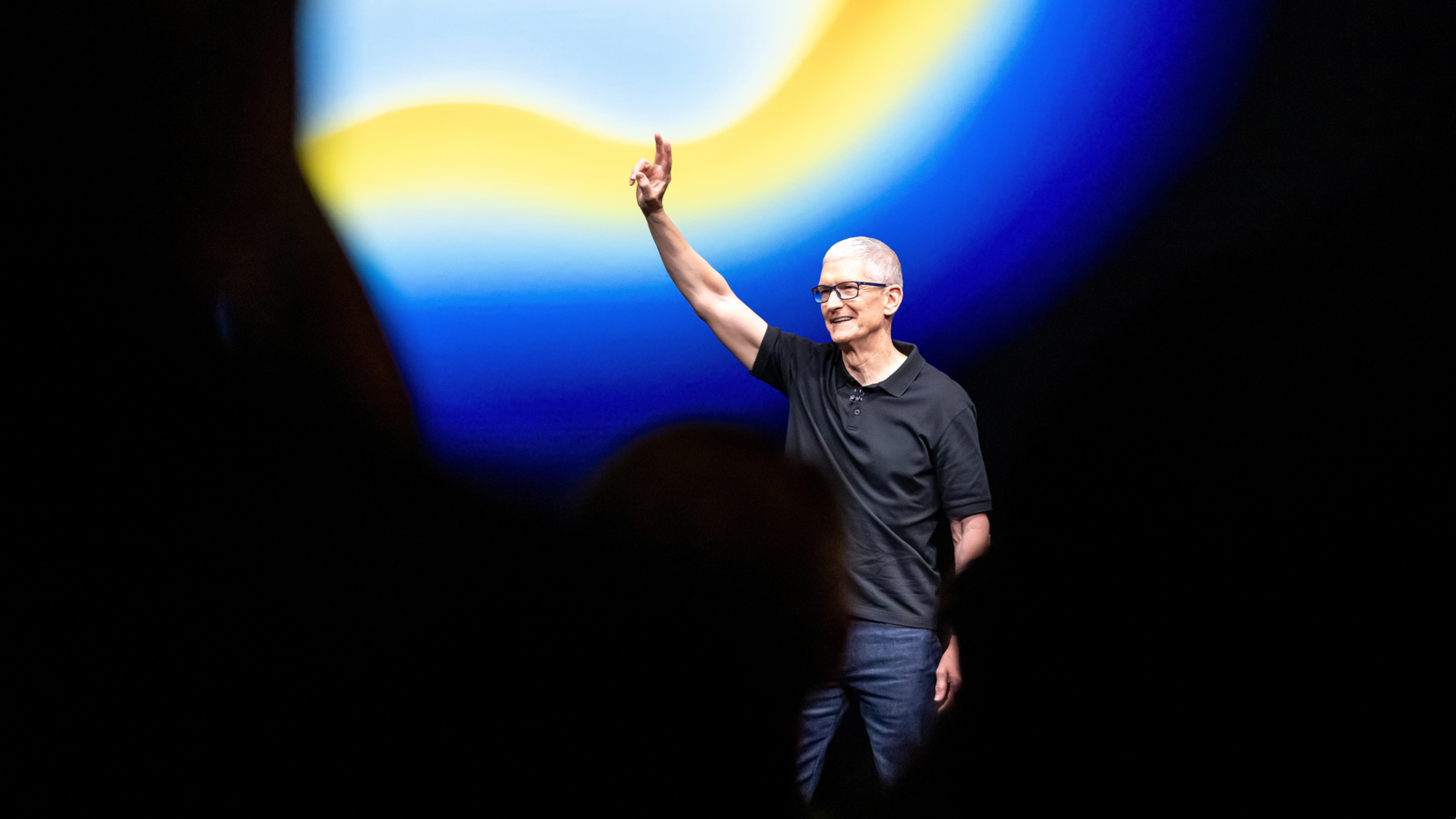 Is Apple’s Tim Cook about to retire?
Is Apple’s Tim Cook about to retire?Today's Big Question A departure could come early next year
-
 iPhone Air: Thinness comes at a high price
iPhone Air: Thinness comes at a high priceFeature Apple’s new iPhone is its thinnest yet but is it worth the higher price and weaker battery life?
-
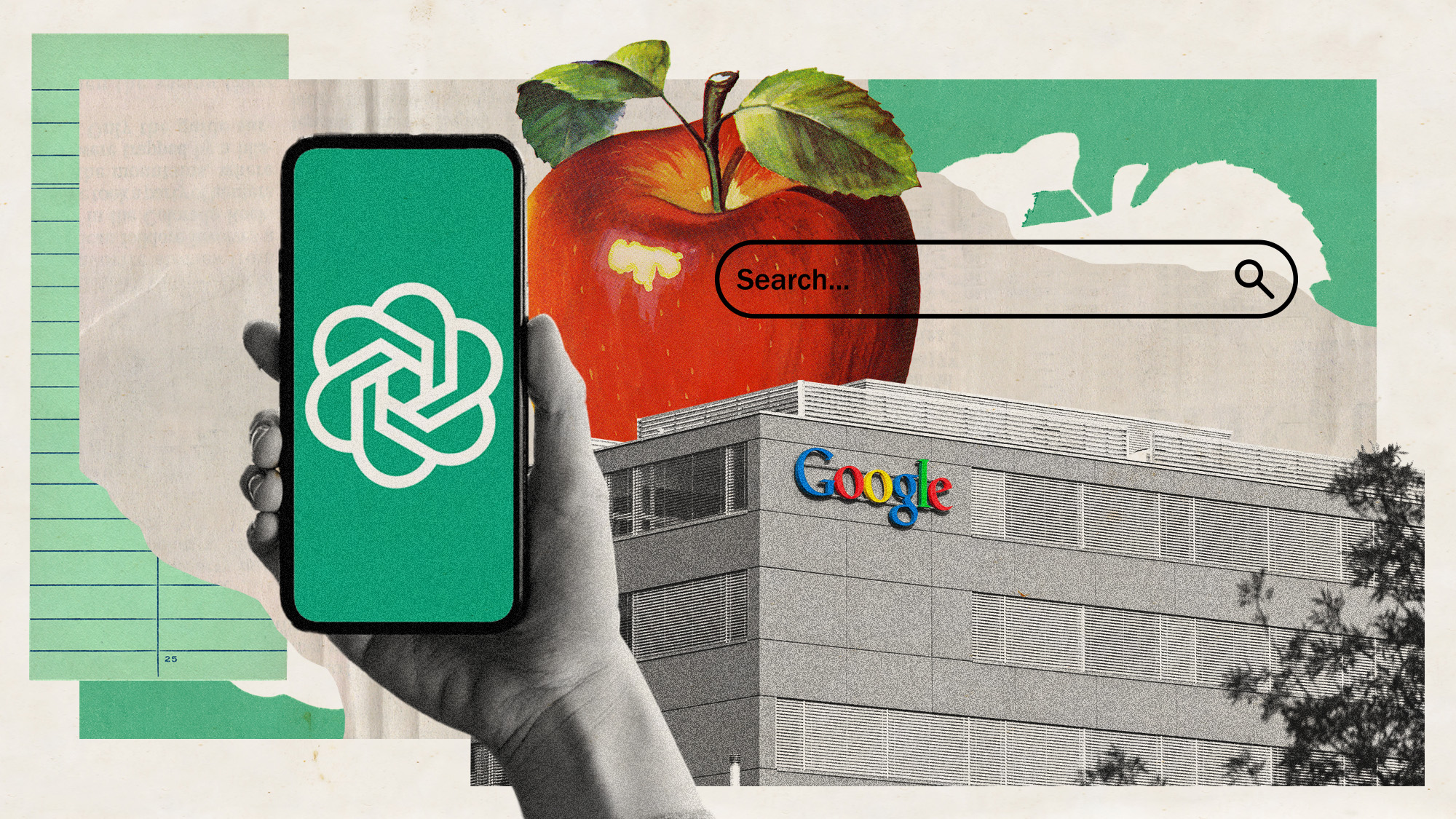 Is Apple breaking up with Google?
Is Apple breaking up with Google?Today's Big Question Google is the default search engine in the Safari browser. The emergence of artificial intelligence could change that.
-
 Why won't Apple make iPhones in America?
Why won't Apple make iPhones in America?Today's Big Question Trump offers a reprieve on tariffs, for now
-
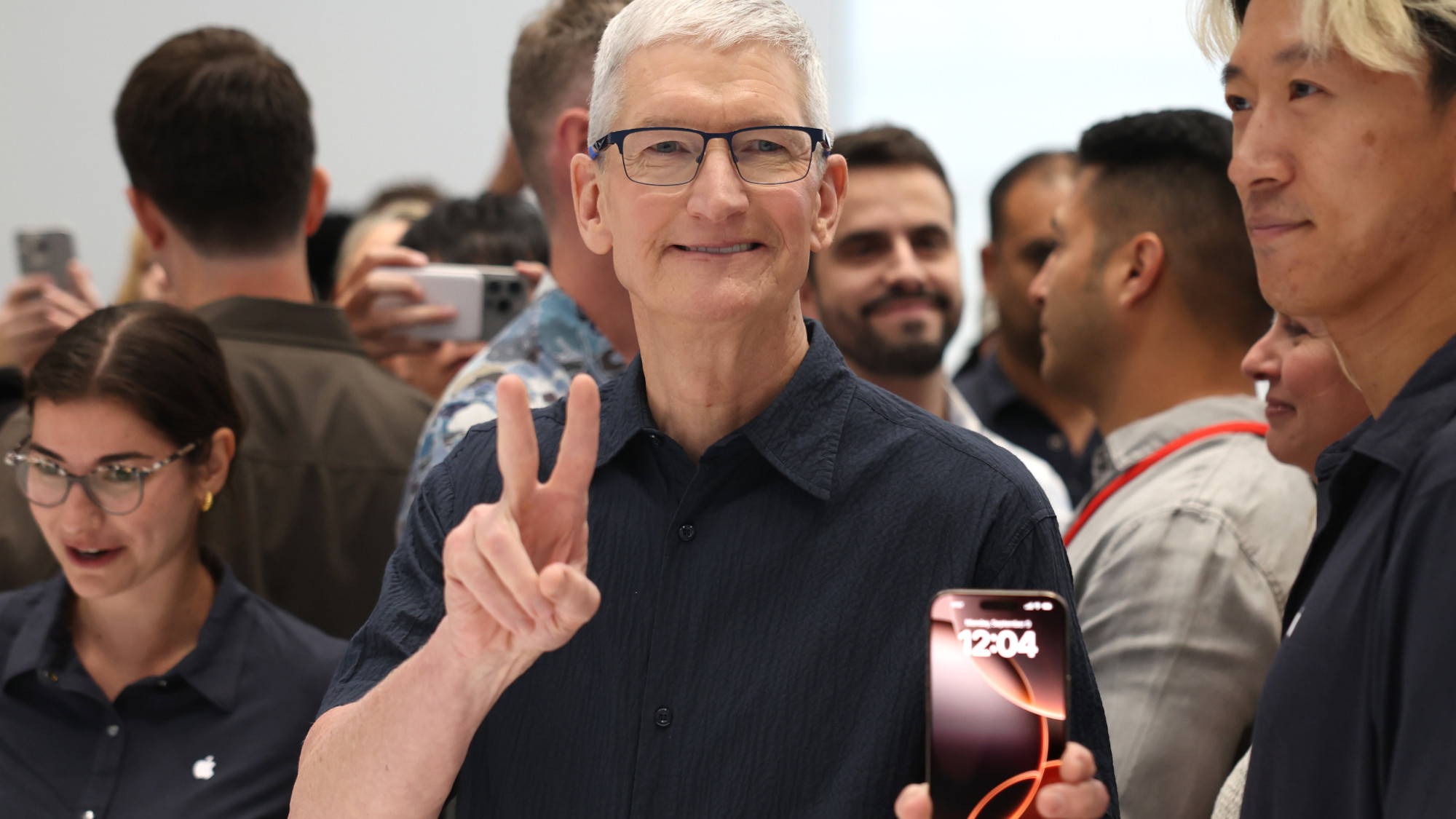 Not there yet: The frustrations of the pocket AI
Not there yet: The frustrations of the pocket AIFeature Apple rushes to roll out its ‘Apple Intelligence’ features but fails to deliver on promises
-
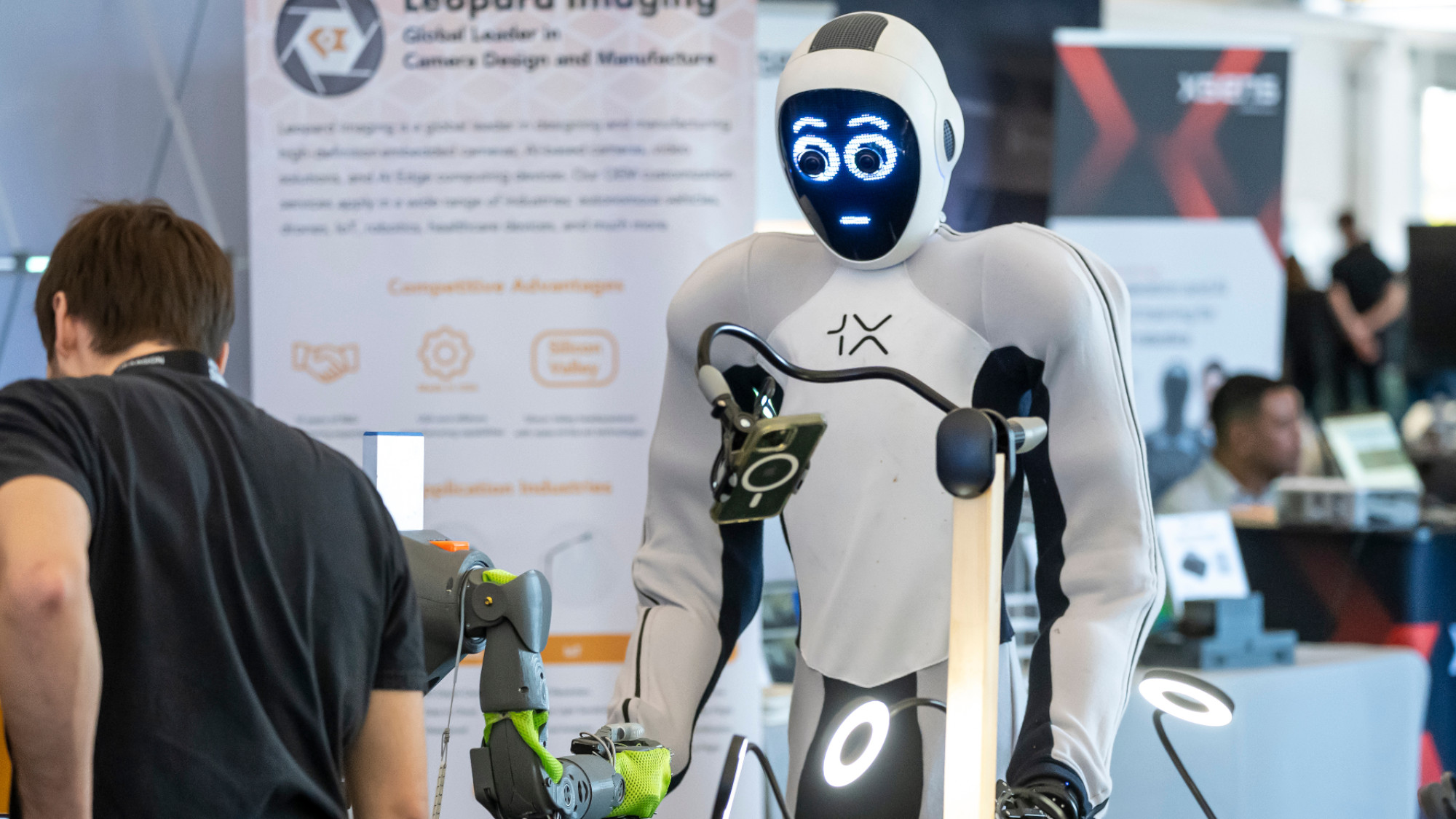 Space-age living: The race for robot servants
Space-age living: The race for robot servantsFeature Meta and Apple compete to bring humanoid robots to market
-
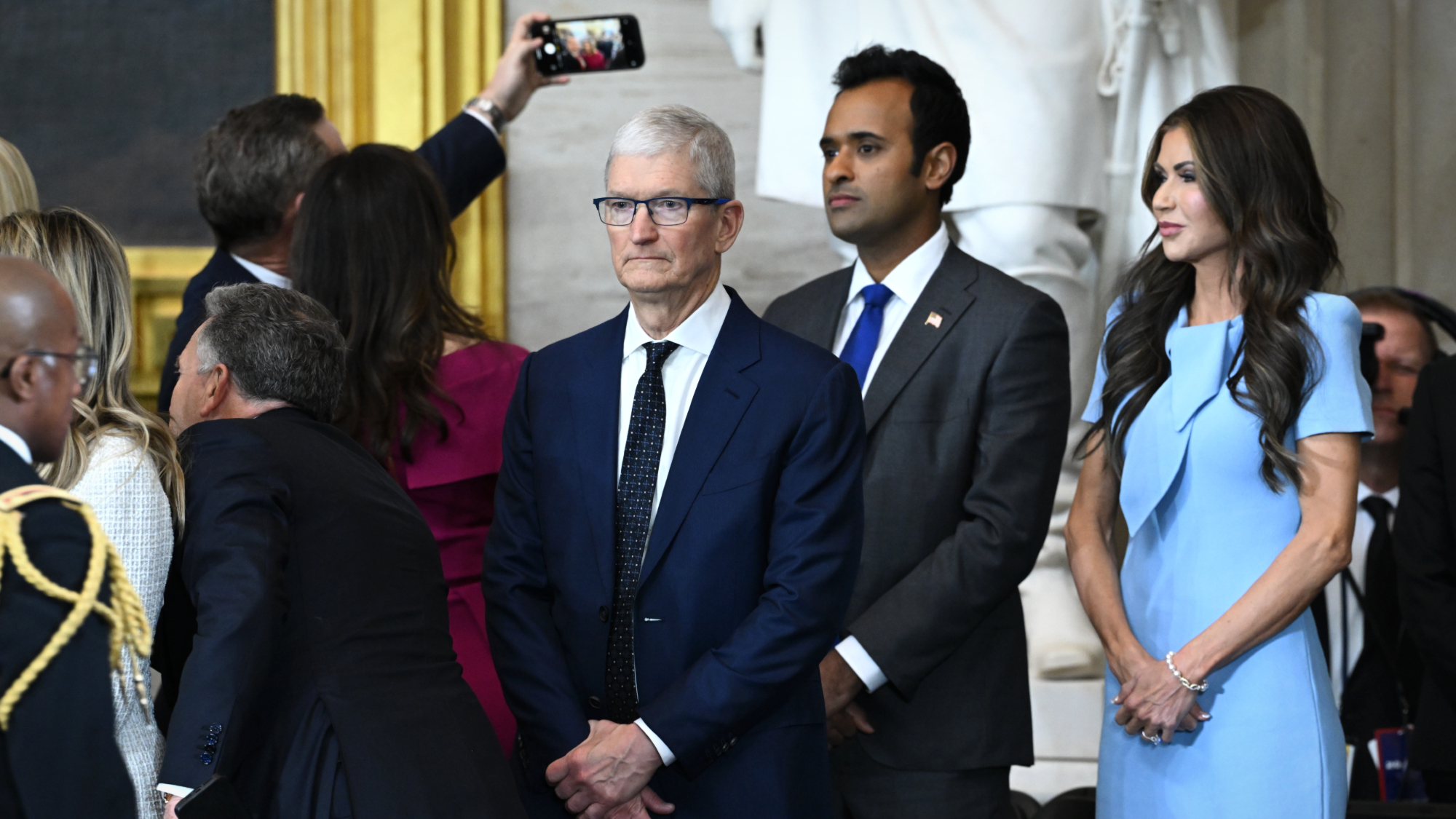 Apple pledges $500B in US spending over 4 years
Apple pledges $500B in US spending over 4 yearsSpeed Read This is a win for Trump, who has pushed to move manufacturing back to the US
-
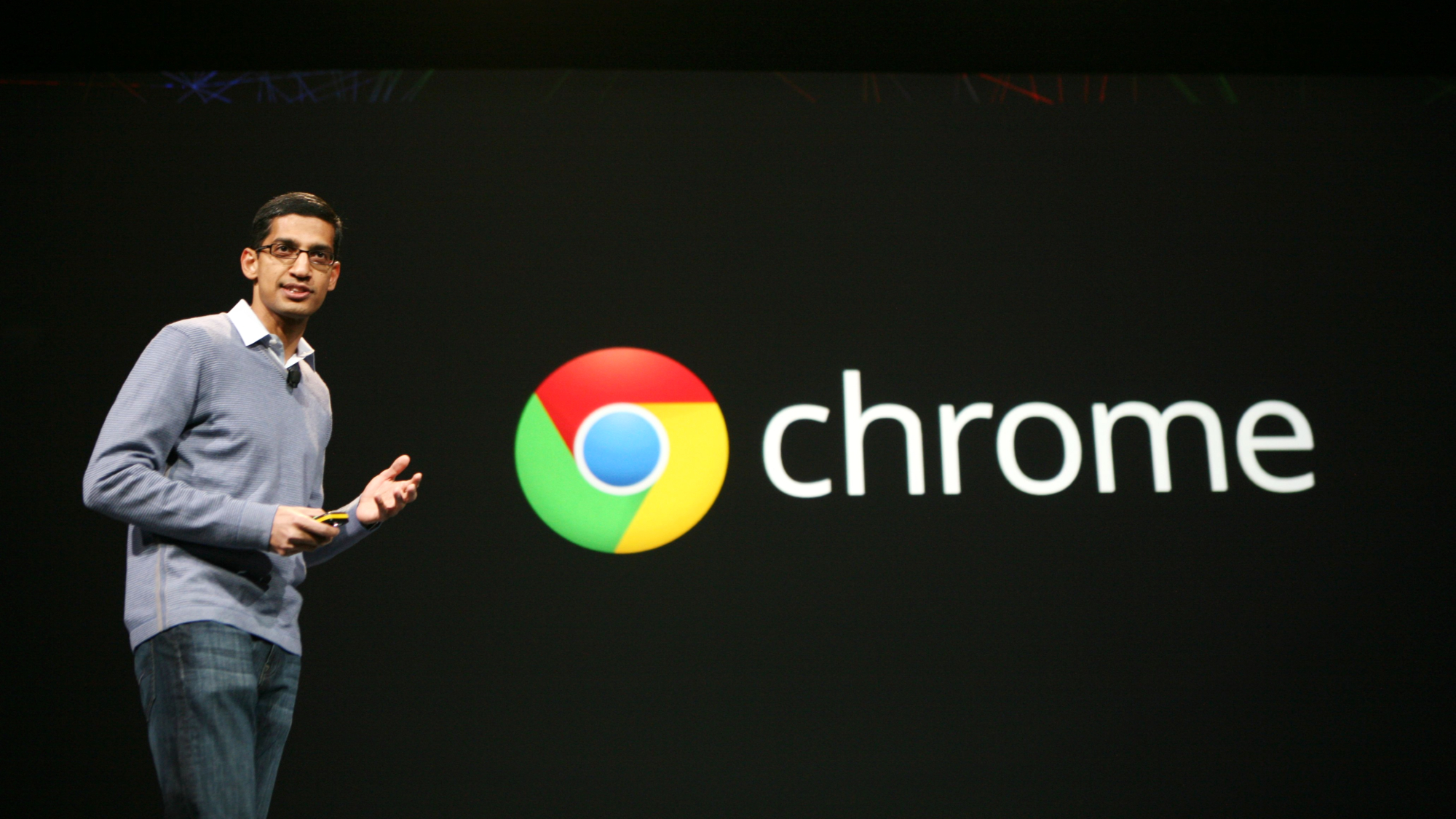 DOJ seeks breakup of Google, Chrome
DOJ seeks breakup of Google, ChromeSpeed Read The Justice Department aims to force Google to sell off Chrome and make other changes to rectify its illegal search monopoly